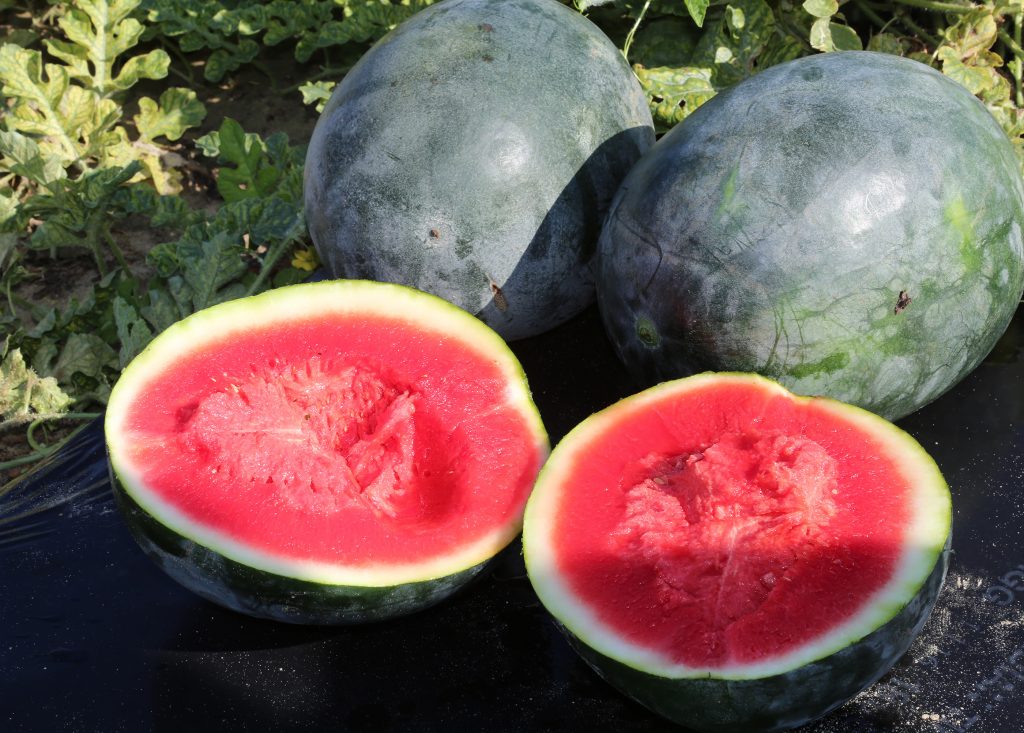
Watermelon plantings are under way across the Southeast, but it’s never too early to start thinking about harvest. While maturity levels in seeded melons can be determined by thumping the melon or observing its appearance, seedless melons are not as simple.
Joe Kemble, Alabama Extension vegetable specialist, recommends producers to utilize a refractometer to determine the brix or sweetness levels of watermelons. The sweeter the watermelons, the closer they are to reaching full maturity or being fully ripe.
“If I’m a commercial watermelon grower, I want to have a brix meter in my back pocket. These brix meters are used to measure sweetness. If you happen to raise honeybees, there’s brix meters associated for measuring the sweetness of honey, the sugar content. They also sell them for wines and other beverages. You want one that can be used for agricultural purposes for fruit,” Kemble said.
Sweeter the Better
The sweeter the watermelons when they’re harvested, the better off the producer will be. Kemble said large grocery store chains desire watermelons at 10% brix or higher. A refractometer will help growers accurately determine if a watermelon is fully ripe instead of them just guessing.
“What this requires is to sacrifice a melon or two. You go out there and do your best guessing in terms of figuring out, how close are we to harvest? You harvest one or two that look likely candidates, cut them open, take some of the tissue from the center of the fruit and squeeze it on that plate on the refractometer. You’ll close the plate and hold it out towards the sun and look through it. There’s a gauge in it, and it will show the percent brix,” Kemble said.
Kemble recommends these seedless watermelons: Affirmed, Bottle Rocket, Crunchy Red, Fascination, Orange Crisp (orange), Superseedless series, Sweet Gem, Tri-X 313 and Troubadour.









